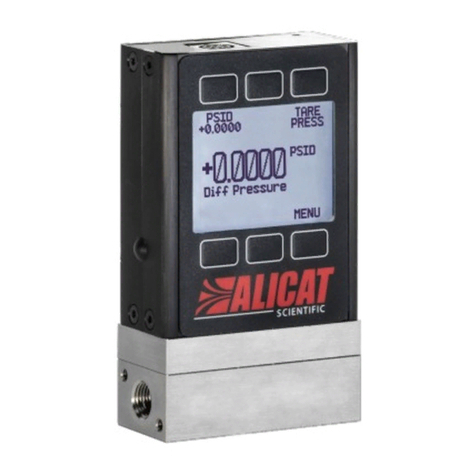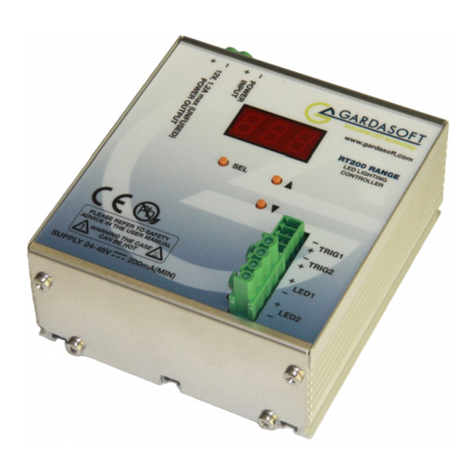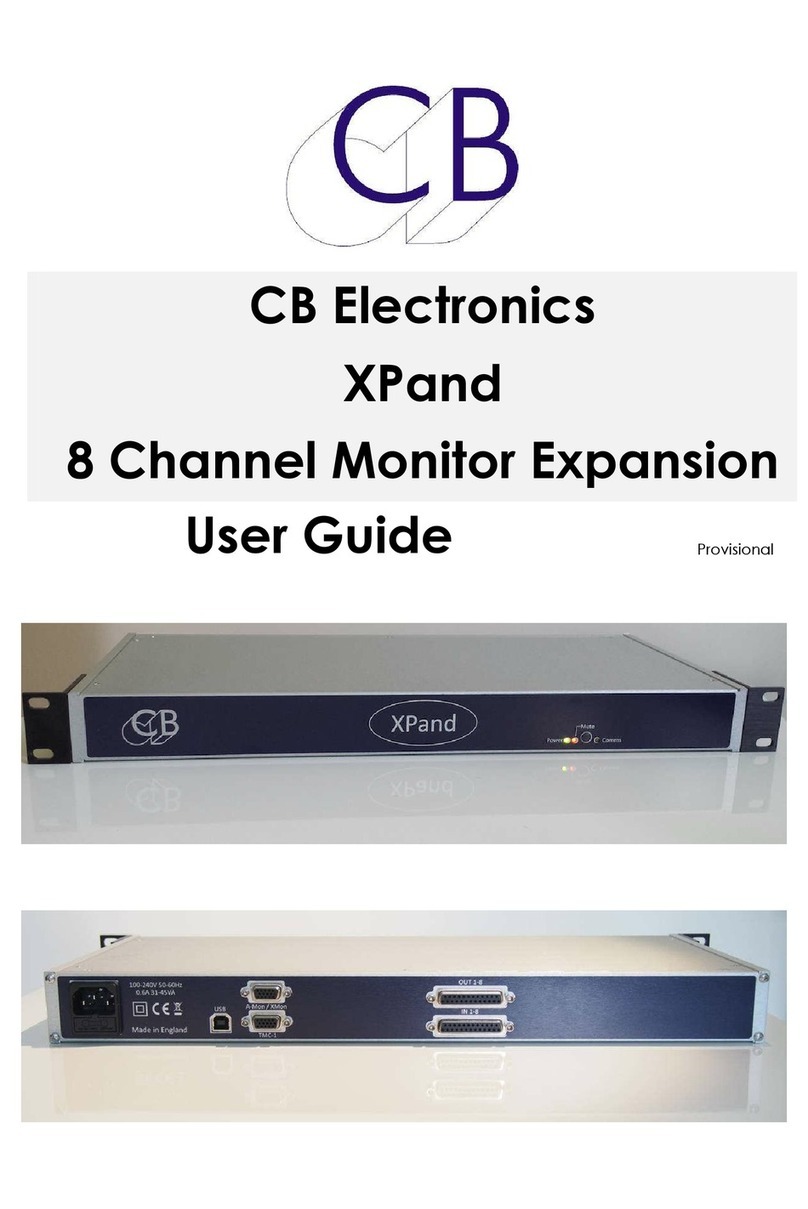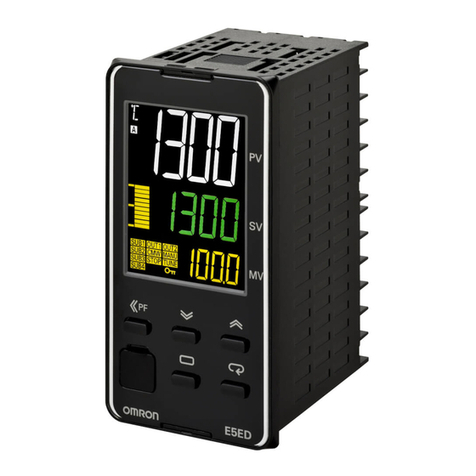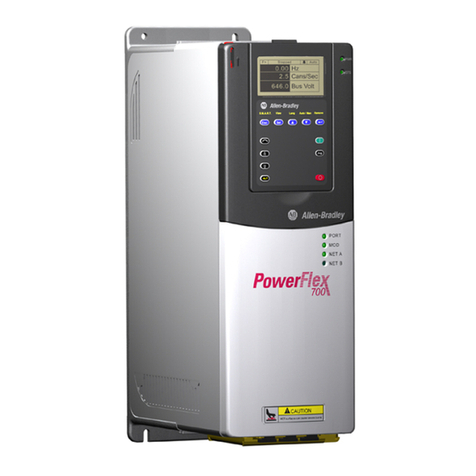Goosky GTS User manual

Flight Control Settings

The external receiver of the remote control is connected to the flight control
S-BUS interface is compatible with PPM, S-BUS, iBUS, EBUS
T-DSMX interface is compatible with DSM, DSM2, DSMX, DMSS

Schematic diagram of flight control parameter adjustment
SET - Setting menu button
S0 – reserved button
S1 - On/Off Attitude Mode button
LEDs:
SERVO - Servo midpoint settings (swash levelling)
PITCH - Pitch setting (Positive and negative pitch)
SPEED - Speed indicator (Rotation rate)
AGILE - Sensitivity indicator (Feed forward)
GYRO - Sensitivity indicator (Gyro gain)
RUD - Rudder parameter adjustment mode
ELE – Elevator cyclic parameter adjustment mode
AIL – Aileron cyclic parameter adjustment mode
Note 1: Bind the transmitter with the aircraft, wait for the flight controller initialization to
complete, and then perform changes to the flight control settings.
Note2: Parameters can be adjusted manually or via BT adaptor and App on iOS or Android.

Rudder speed setting (rotation rate)
To enter the menu, press and hold SET for 3 seconds → RUD light is solid-on → SPEED light
flashes
With the RUD light solid-on in white and the SPEED blue light flashing, you are reading the rudder
speed setting. The factory default rudder speed is 5, you will see the BLUE light flashing 5 times.
followed by a pause.
You can use the Elevator stick of the transmitter to raise and lower the setting, forward stick
giving a higher setting (faster rotation rate) and back stick to give a lower setting. The number of
consecutive flashes represents the setting level. The highest setting is 9 and the lowest setting is
1 flash (slowest rotation rate).
After completing setting changes, press and hold the SET button for 3 seconds to exit and save,
then the indicator light turns off and you are ready to fly. Or to move to the next setting, click the
SET button.

Rudder gyro gain setting
RUD light is solid-on → click SET → GYRO light flashes
Press and hold the SET button for 3 seconds to enter the adjustment mode, short
press the SET button until the indicator light RUD is solid-on and the GYRO light
flashes. The factory default rudder gain is 5 and you will see the BLUE light flashing 5
times followed by a pause.
You can use the Elevator stick of the transmitter to raise and lower the setting, forward
stick giving a higher setting (higher gain) and back stick to give a lower setting. The
number of consecutive flashes represents the setting level. The highest setting is 9
and the lowest setting is 1 flash (lowest gain).
After completing setting changes, press and hold the SET button for 3 seconds to exit
and save, then the indicator light turns off and you are ready to fly. Or to move to the
next setting, click the SET button.

Elevator speed setting (rotation rate)
ELE light is solid-on → click SET → SPEED light flashes
Press and hold the SET button for 3 seconds to enter the adjustment mode, short
press the SET button until the indicator light ELE is solid-on and the SPEED light
flashes. The factory default elevator speed is 5 and you will see the BLUE light
flashing 5 times followed by a pause.
You can use the Elevator stick of the transmitter to raise and lower the setting, forward
stick giving a higher setting (faster rotation rate) and back stick to give a lower setting.
The number of consecutive flashes represents the setting level. The highest setting is
9 and the lowest setting is 1 flash (slowest rotation rate).
After completing setting changes, press and hold the SET button for 3 seconds to exit
and save, then the indicator light turns off and you are ready to fly. Or to move to the
next setting, click the SET button.

Elevator agility setting (feed forward)
ELE light is solid-on → click SET → AGILE light flashes
Press and hold the SET button for 3 seconds to enter the adjustment mode, short
press the SET button until the indicator light ELE is solid-on and the AGILITY light
flashes. The factory default elevator agility is 5 and you will see the BLUE light
flashing 5 times followed by a pause.
You can use the Elevator stick of the transmitter to raise and lower the setting, forward
stick giving a higher setting (higher agility) and back stick to give a lower setting. The
number of consecutive flashes represents the setting level. The highest setting is 9
and the lowest setting is 1 flash (lower agility).
Agility or feed forward controls how much of the direct stick input is acted on by the
FBL when the Transmitter stick is moved. Higher levels will give a more reactive
control feel.
After completing setting changes, press and hold the SET button for 3 seconds to exit
and save, then the indicator light turns off and you are ready to fly. Or to move to the
next setting, click the SET button.

Elevator gain setting
ELE light is solid-on → click SET → GYRO light flashes
Press and hold the SET button for 3 seconds to enter the adjustment mode, short
press the SET button until the indicator light ELE is solid-on and the GYRO light
flashes. The factory default elevator gain is 5 and you will see the BLUE light flashing
5 times followed by a pause.
You can use the Elevator stick of the transmitter to raise and lower the setting, forward
stick giving a higher setting (higher gain) and back stick to give a lower setting. The
number of consecutive flashes represents the setting level. The highest setting is 9
and the lowest setting is 1 flash (lowest gain).
After completing setting changes, press and hold the SET button for 3 seconds to exit
and save, then the indicator light turns off and you are ready to fly. Or to move to the
next setting, click the SET button.

Aileron speed setting (rotation rate)
AIL light is solid-on → click SET → SPEED light flashes
Press and hold the SET button for 3 seconds to enter the adjustment mode, short press the SET
button until the indicator light AIL is solid-on and the SPEED light flashes. The factory default
aileron speed is 5 and you will see the BLUE light flashing 5 times followed by a pause.
You can use the Elevator stick of the transmitter to raise and lower the setting, forward stick
giving a higher setting (faster rotation rate) and back stick to give a lower setting. The number of
consecutive flashes represents the setting level. The highest setting is 9 and the lowest setting is
1 flash (slowest rotation rate).
After completing setting changes, press and hold the SET button for 3 seconds to exit and save,
then the indicator light turns off and you are ready to fly. Or to move to the next setting, click the
SET button.

Aileron agility setting (feed forward)
AIL light is solid on → click SET → AGILE light flashes
Press and hold the SET button for 3 seconds to enter the adjustment mode, short press the SET
button until the indicator light AIL is solid-on and the AGILITY light flashes. The factory default
aileron agility is 5 and you will see the BLUE light flashing 5 times followed by a pause.
You can use the Elevator stick of the transmitter to raise and lower the setting, forward stick
giving a higher setting (higher agility) and back stick to give a lower setting. The number of
consecutive flashes represents the setting level. The highest setting is 9 and the lowest setting is
1 flash (lower agility).
Agility or feed forward controls how much of the direct stick input is acted on by the FBL when
the Transmitter stick is moved. Higher levels will give a more reactive control feel.
After completing setting changes, press and hold the SET button for 3 seconds to exit and save,
then the indicator light turns off and you are ready to fly. Or to move to the next setting, click the
SET button.

Aileron gain setting
AIL light is solid-on → click SET → GYRO light flashes
Press and hold the SET button for 3 seconds to enter the adjustment mode, short press the SET
button until the indicator light AIL is solid-on and the GYRO light flashes. The factory default
aileron gain is 5 and you will see the BLUE light flashing 5 times followed by a pause.
You can use the Elevator stick of the transmitter to raise and lower the setting, forward stick
giving a higher setting (higher gain) and back stick to give a lower setting. The number of
consecutive flashes represents the setting level. The highest setting is 9 and the lowest setting is
1 flash (lowest gain).
After completing setting changes, press and hold the SET button for 3 seconds to exit and save,
then the indicator light turns off and you are ready to fly. Or to move to the next setting, click the
SET button.

Servo center setting
click SET → SERVO light flashes
Press and hold the SET button for 3 seconds to enter the adjustment mode, short press the SET
button until the indicator light SERVO is solid-on. Use the rudder, elevator and aileron sticks on
the transmitter to set the servo centers. The rudder stick corresponds to CH1, the elevator stick
corresponds to CH2 and aileron stick corresponds to CH3.
After completing setting changes, press and hold the SET button for 3 seconds to exit and save,
then the indicator light turns off and you are ready to fly. Or to move to the next setting, click the
SET button.

Collective pitch setting
Click SET→PITCH light is solid-on
Press and hold the SET button for 3 seconds to enter the adjustment mode, short press the SET
button until the indicator light PITCH is solid-on. Confirm throttle hold is enabled on the
transmitter. Move the throttle/collective stick to the middle position (50%) and zero your blade
pitch with the swash to grip links. Push the throttle/collective stick up to the maximum pitch
setting and use the elevator stick to change the maximum pitch, move the throttle/collective
back to the minimum pitch and use the elevator stick to change the minimum pitch. The factory
setting is plus or minus 12 degrees.
After completing setting changes, press and hold the SET button for 3 seconds to exit and save,
then the indicator light turns off and you are ready to fly. Or to move to the next setting, click the
SET button.

Rudder center / travel settings
Click SET→PITCH light is flashing
Press and hold the SET button for 3 seconds to enter the adjustment mode, short press the SET
button until the indicator light PITCH flashes. Confirm throttle hold is enabled on the transmitter.
Move the throttle/collective stick to the middle position (50%) and use the elevator stick to
change the rudder center point, move the throttle/collective to high (100%) and adjust the tail
end point using the elevator stick, move the throttle/collective pitch to low (0%) to adjust the
other end point.
After completing setting changes, press and hold the SET button for 3 seconds to exit and save,
then the indicator light turns off and you are ready to fly.

S1 function introduction
The attitude mode (self levelling) can be switched via the transmitter (channel 5) or manually set
via the buttons on the flight controller.
Manual attitude mode on/off setting
1. Press and hold the S1 button for 3 seconds, the flight control LED indicator light is solid-on in
green - the attitude mode is switched off
2. Press and hold the S1 button for 3 seconds, the green light of the flight control LED indicator
turns off - the Altitude mode is switched on.
Precautions:
1. When the attitude mode is turned off, the transmitter mode switch has no function.
2. When setting the attitude mode, pay attention to the position of the transmitter mode switch.

Schematic diagram of flight control parameter adjustment
The white light is solid
on
The blue light flashes, the
default setting is
continuously flashing 5 times
Move the Elevator stick forward once
to increase the setting.
Move the Elevator stick backward once
to decrease the setting.
The number of consecutive flashes
represents the setting level.
The highest setting is 9 and lowest is 1.
RUD
Speed
GYRO
ELE
SPEED
AGILE
GYRO
AIL
SPEED
AGILE
GYRO
Blue light is solid on
Servo center setting
The rudder corresponds to CH1
The elevator corresponds to CH2
The aileron corresponds to CH3
Pitch indicator flashes
corresponds to tail servo CH4 (760
Narrowband servo)
Pitch setting
Move the elevator stick to set value

Attitude mode calibration
Firstly, turn on the transmitter, connect the aircraft battery and wait for the aircraft initialization
to complete;
Switch the transmitter mode switch to attitude mode (the indicator light of the flight controller is
solid in red)
Then pull the elevator stick of the transmitter back and hold it for 3 seconds. At this time, the red
light of the flight control indicator light starts to flash, and it enters the attitude debugging mode.
Take off and hover the aircraft at around 1 meter of height in an open area. After hovering for a
short time reduce collective slowly so the aircraft lands. Note: once the aircraft is hovering do not
move the elevator or aileron stick before landing and spooling down.
After landing pull the elevator stick backwards and hold for 3 seconds. The flight controller
indicator light should become solid red, which shows the flight controller has saved the new
attitude calibration settings.

<Recover Factory settings>
Press the "SET" button 10 times
Bind the remote control with the aircraft (wait for the initialization of the
flight control to complete)
Then, press the SET button 10 times, at this time the flight control indicator
LED flashes red and blue together, wait for the initialization of the flight control to
complete, and the factory settings are restored

<ESC parameter introduction>
Helicopter intelligent speed control, Slow start mode,
Overheating protection, Built-in plug integrated design,
6S high voltage adaptation,
Maximum continuous 70A, BEC5-8V 7/18A
BEC voltage switching setting
1. Press and hold the SET button for 3 seconds, the motor "beeps"
once, and the BEC output voltage is 5.5V
2. Press and hold the SET button for 3 seconds, the motor "beeps
"twice, and the BEC output voltage 7.5V
3. Press and hold the SET button for 3 seconds, the motor "beeps”
three times, and the BEC output voltage is 8.4V
Remarks: The default factory BEC voltage is 7.5V and it is
recommended to keep this setting for the RS4

<Flight Control Interface Introduction>
1. CH1-CH2-CH3-CH4: servo interface
2. BEC/throttle signal, RPM/speed feedback
3. S-BUS: interface Compatible with PPM S-BUS IBUS EBUS
4. PWM1/PWM2: reserved interface
5. DSMX: Interface Compatible with DSM DSM2 DSMX DMSS
6. UART: Bluetooth interface
Other Goosky Controllers manuals
Popular Controllers manuals by other brands
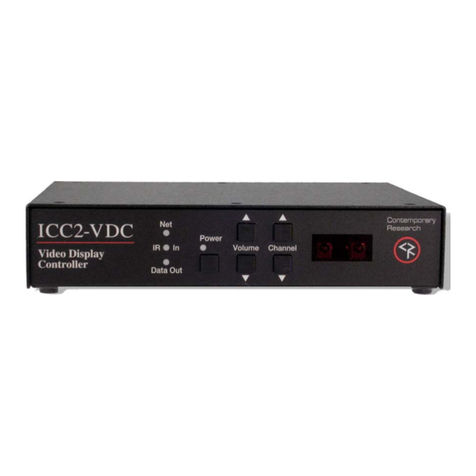
Contemporary Research
Contemporary Research ICC2-VDC product manual

Hubbell
Hubbell Electric Fire Pump Controllers LXi 1300 Specifications
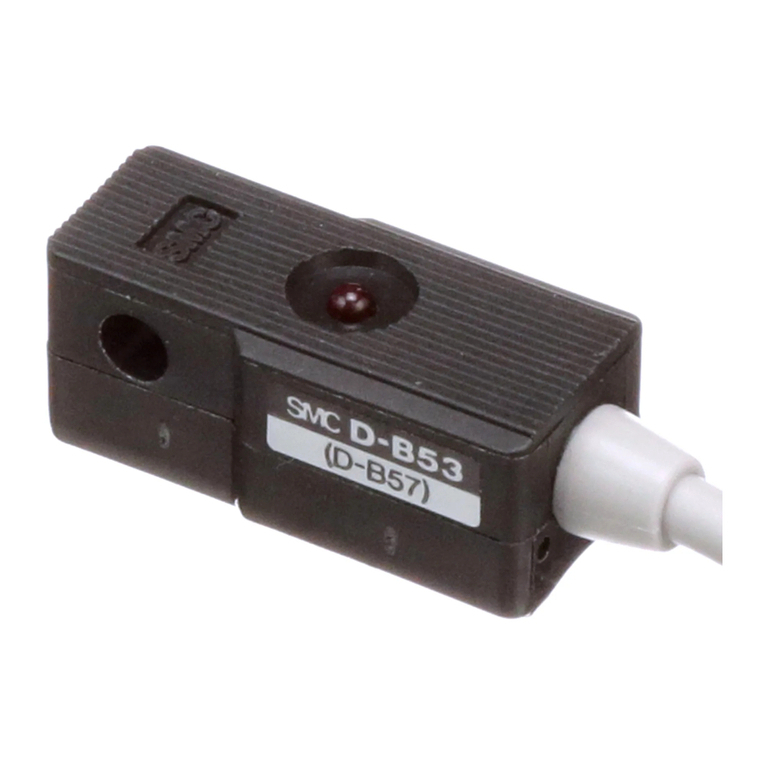
SMC Networks
SMC Networks D-B53 Series user manual
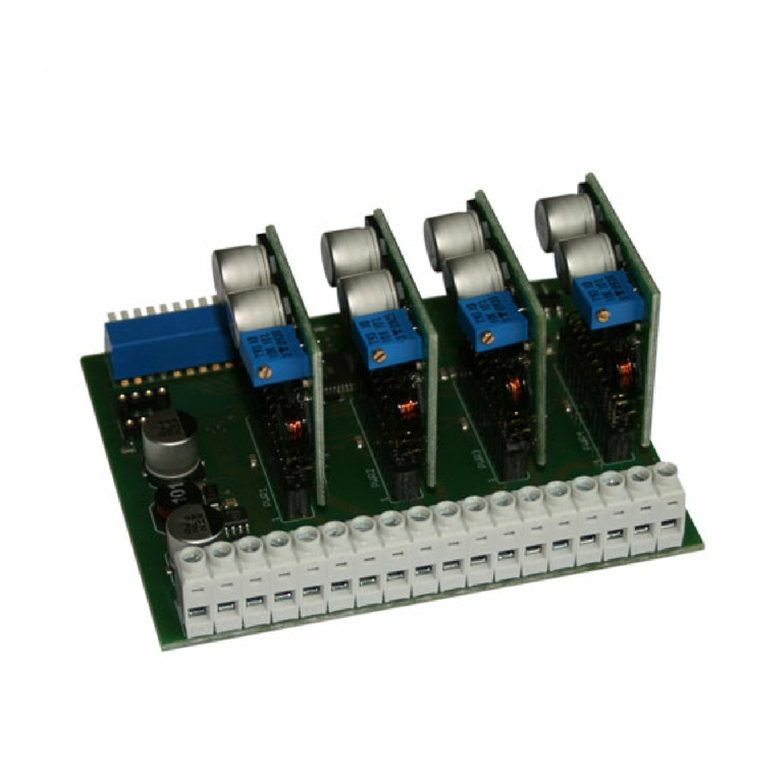
DMX4ALL
DMX4ALL DMX-LED-Dimmer BB4 user manual

SEELEY INTERNATIONAL
SEELEY INTERNATIONAL Braemer XE70 owner's manual
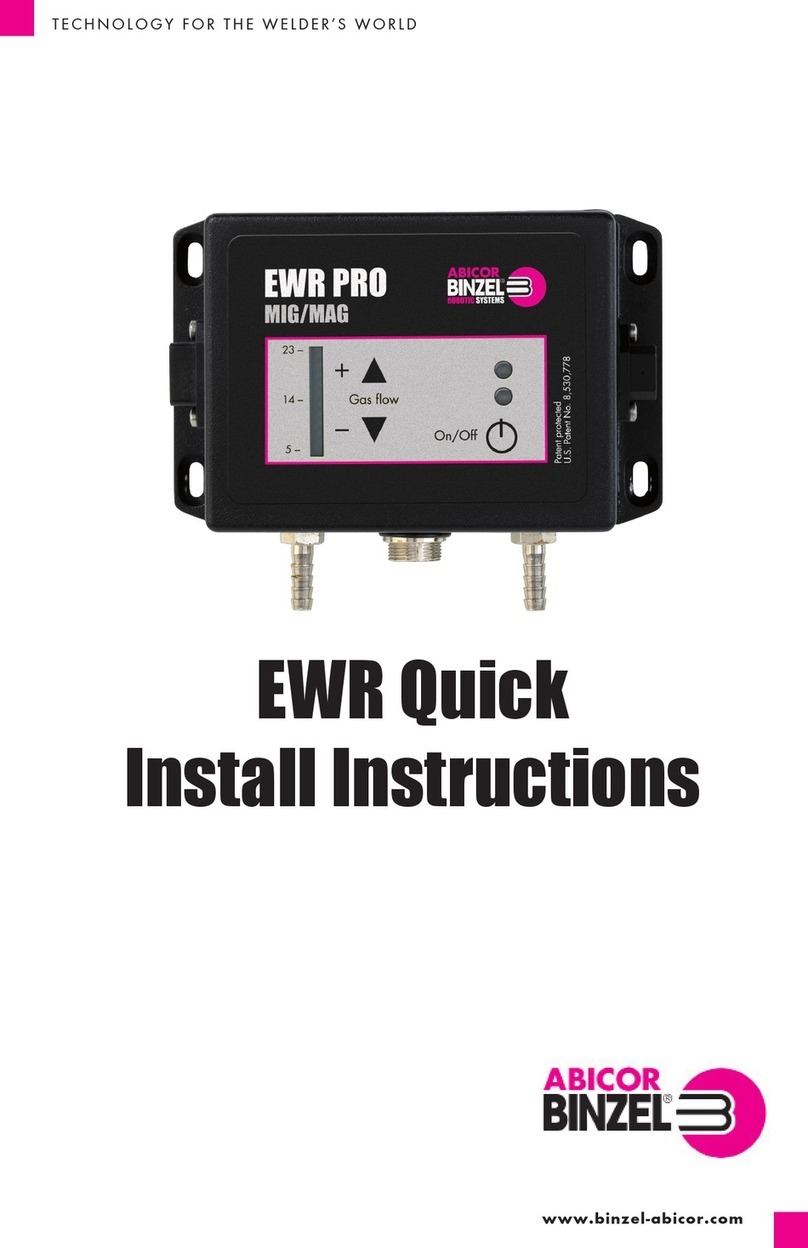
Abicor Binzel
Abicor Binzel EWR Quick Install instructions
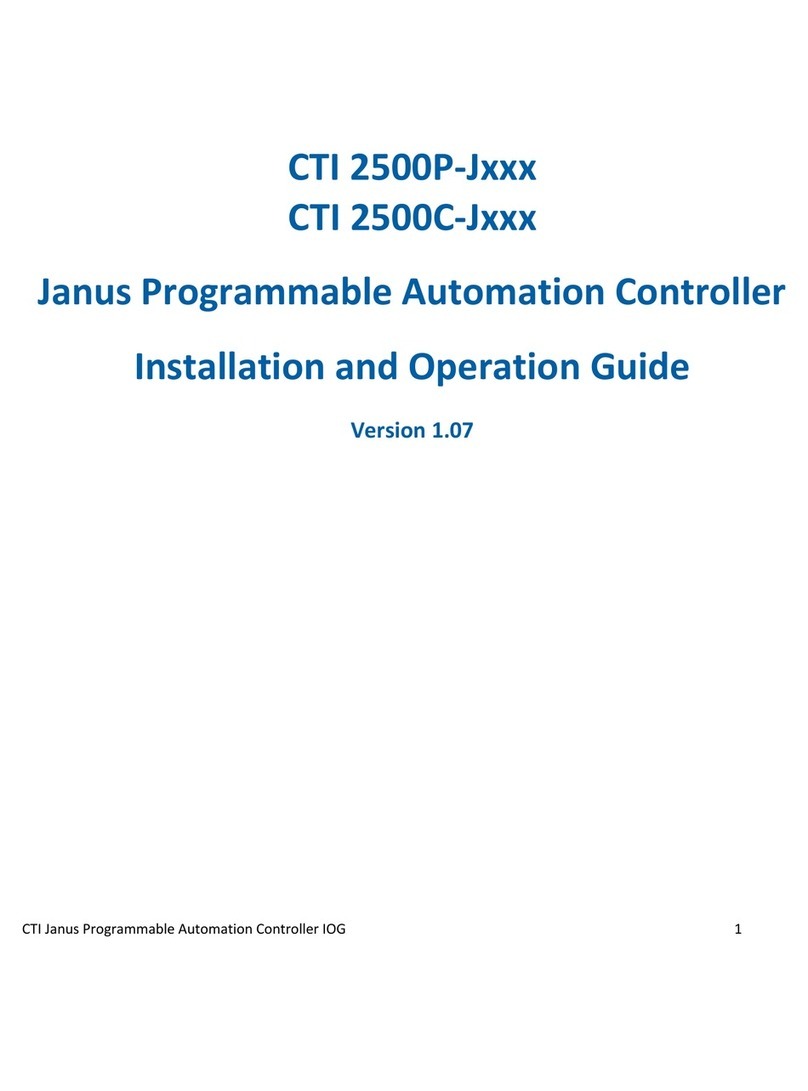
CTI
CTI Janus CTI 2500C-J Series Installation and operation guide

Furukawa electric
Furukawa electric 1U installation guide
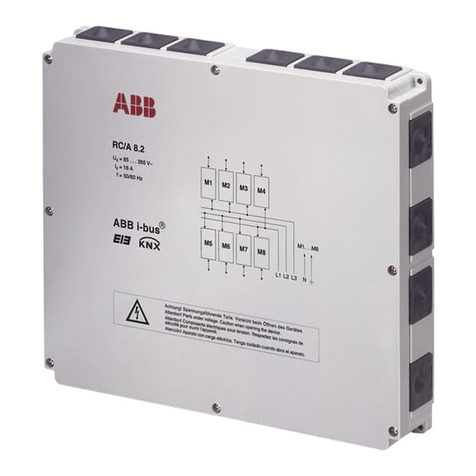
ABB
ABB i-bus EIB RC/A 8.1 Mounting and operation instructions
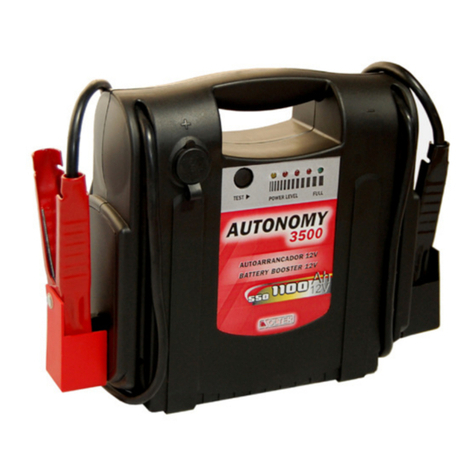
Solter
Solter AUTONOMY 3500 manual

CARLO GAVAZZI
CARLO GAVAZZI VariFlex3 RVLF Series manual
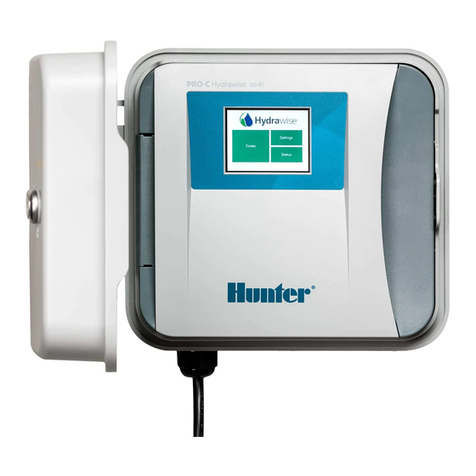
Hunter
Hunter Hydrawise Pro-HC owner's manual

